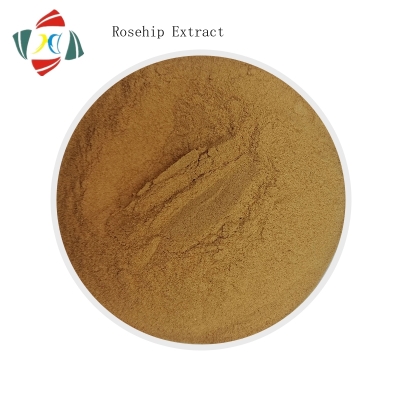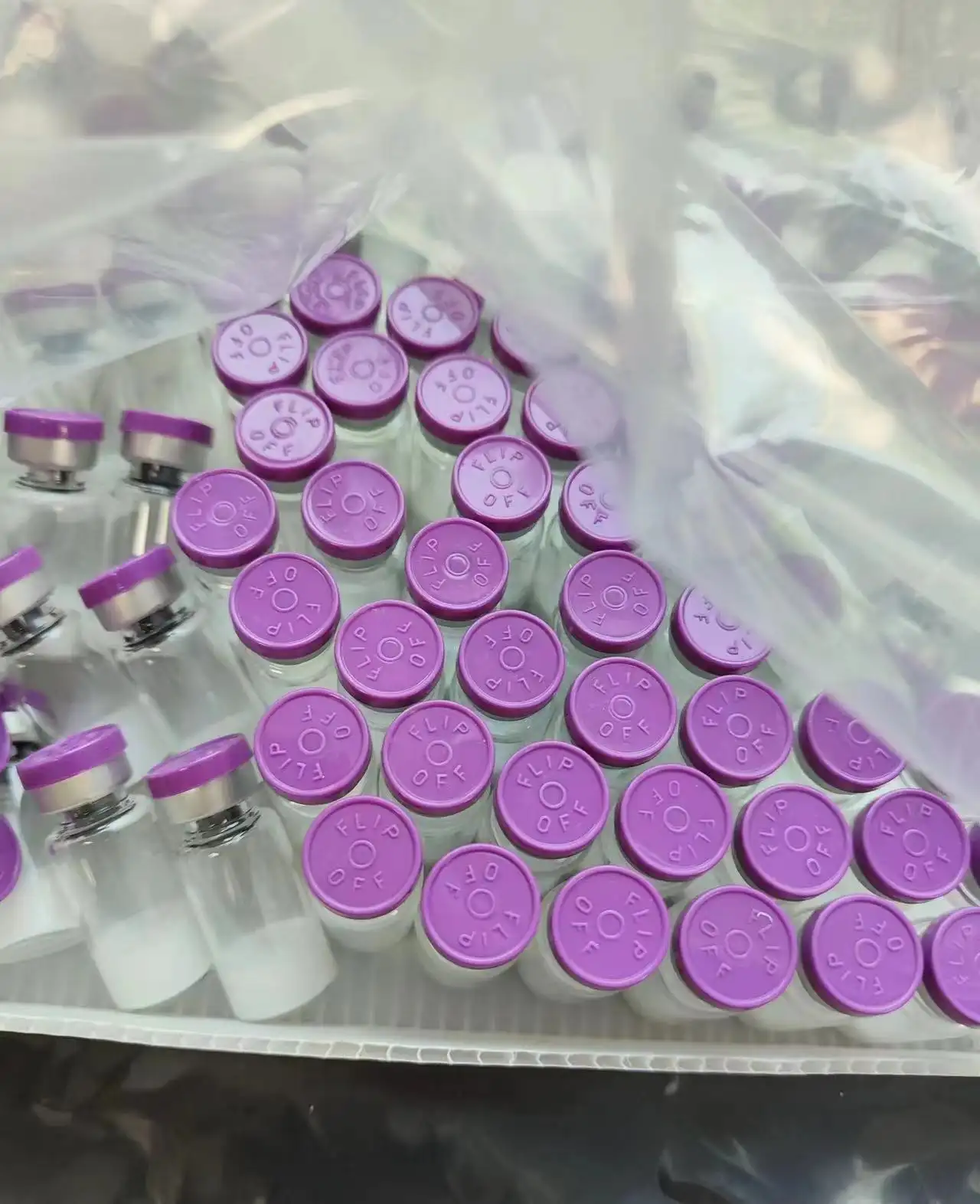-
Categories
-
Pharmaceutical Intermediates
-
Active Pharmaceutical Ingredients
-
Food Additives
- Industrial Coatings
- Agrochemicals
- Dyes and Pigments
- Surfactant
- Flavors and Fragrances
- Chemical Reagents
- Catalyst and Auxiliary
- Natural Products
- Inorganic Chemistry
-
Organic Chemistry
-
Biochemical Engineering
- Analytical Chemistry
- Cosmetic Ingredient
-
Pharmaceutical Intermediates
Promotion
ECHEMI Mall
Wholesale
Weekly Price
Exhibition
News
-
Trade Service
!--, September 23, 2020 // -- In a recent study published in the international journal Cell Reports entitled "A single-cell RNA expression map of human coronavirus entry factors", scientists from Cornell University and other institutions revealed SAR through research S-CoV-2 infection in the human body hot spots; SARS-CoV-2 infection affects the health of multiple organs in the body, the researchers studied the cell factors that cause infection, they analyzed the activity of 28 specific genes in a variety of human tissues, the results of the study may be expected to help map the underlying disease-related factors of the entire human body.
researcher Vikas Bansal says SARS-CoV-2 infections are not just respiratory, they can also affect multiple other organs of the body, and even if the virus first infects the body's respiratory system, it can predict which body tissues will be infected in the next step. This may help develop new targeted therapies, and the researchers aim to analyze exactly what makes different organs susceptible to infection, in which the researchers looked at different body tissues to analyze which components of the cellular machine may be associated with infection, and also clarified which cell types were more susceptible to infection.
Photo Source: NIAID researchers first identified 28 human genes, cytokines, that promote the entry of viruses into human cells or are important for infection, in addition to the cell surface of the subject, these factors include pathogens in the cell mass reproduction of proteins, and importantly, The factors the researchers found also included enzymes that block pathogens from penetrating cells, so-called limiting factors, and, in summary, the 28 cell properties analyzed were called SARS-CoV-2 and coronavirus-related subjects and factors, known as SCARFs.
It is well known that SARS-CoV-2 invades cells using ACE2 subjects on the surface of human cells, so scientists have given too much attention to the subject and other factors associated with it, which may be a potential starting point for the development of new therapies. Coronavirus is known to use a wide range of possibilities to infect cells, and there is research evidence that this may also apply to SARS-CoV-2, so the researchers expanded their analysis to include cytokines that are important for SARS-CoV-2 infections.
so is this really the case? Later, the researchers said, they also wanted to conduct more in-depth studies to identify potential candidates, using information from scientific databases, and analyzed the activity of about 400,000 genes from multiple human tissue cells, including the nasal mucous membranes, lungs, intestines, kidneys, heart, brain and reproductive organs, which the researchers analyzed at single-cell levels and using sophisticated bioinsymetric methods. This allows them to study which cells SCARFs can express in which cells and how much of the cell proportion of these factors are expressed in a given tissue, and the researchers' findings are limited because the expression patterns of genes change during infection, and these active districts do not reflect the abundance of proteins such as cellular digestors, but the expression patterns are good indicators.
Consistent with the fact that SARS-CoV-2 can attack the respiratory tract of the host body, expression patterns do identify the nasal mucous membrane as a battlefield, and accordingly, cells in the nasal mucous membrane also contain factors that promote infection, such as ACE2 binders and factors that inhibit the entry of viruses (such as IFITM3 and LY6E), and IFITM3 is a type of cell membrane that inhibits other coronaviruses from passing through the cell membrane. Proteins, which may also apply to SARS-CoV-2, and LY6E as a defense mechanism, suggest that contact between the virus and the nasal mucous membranes may also trigger a tug-of-war over who will eventually win, and studies have shown that expression levels of entry factors in human nasal mucous membrane tissue change with age, which may be one reason why older people are more susceptible to SARS-CoV-2 infection.
Based on current research, the intestines, kidneys, testicles and placenta may all be potential hot spots for SARS-CoV-2 infection in the body, meaning that these areas appear to have significantly co-expressions with ACE2 carrying TMRRSS2, which 2 is a special enzyme that binds to ACE2 to promote the entry of viruses into host cells, and the researchers have identified a range of cytokines that can act as substitutes for ACE2 and may help promote SARS-CoV-2 into the lungs, heart and central nervous system.
SARS-CoV-2 can cause neurological diseases, and although researchers have yet to detect viruses in neurons, the nervous system also includes other cells such as astrological glial cells and peripheral cortical cells, which are involved in the regulation of the blood-brain barrier, which is the brain. The interface between the blood and blood, based on current research, makes these cells vulnerable to infection, which may also involve a subject called BSG, so the results of this paper may provide new clues and research evidence for later scientists to gain an in-depth understanding of the body of a human host infected with coronavirus.
() References: Manvendra Singh, Vikas Bansal, Cédric Feschotte. A single-cell RNA expression map of human coronavirus entry factors, Cell Reports (2020). DOI: 10.1016/j.celrep.2020.108175 !-- /ewebeditor: page -- !--webeditor: page title" -- by German Center for Neurodegenerative Diseases !--/ewebeditor: page--







